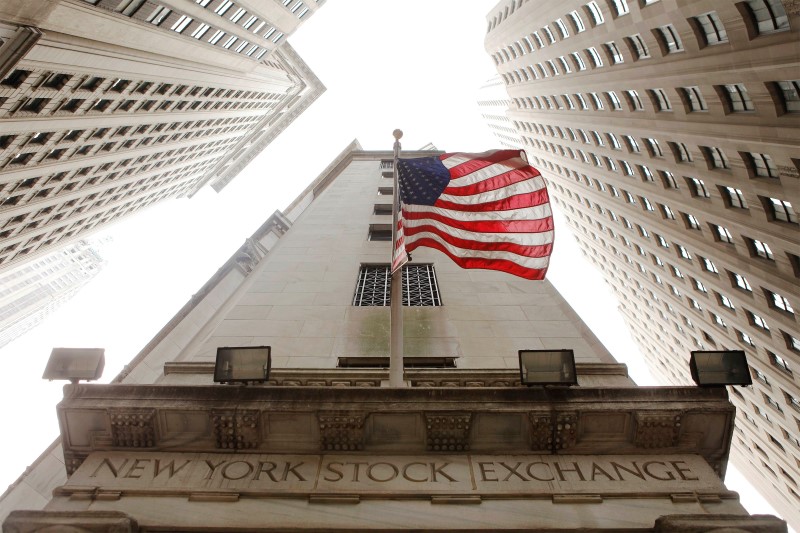Select Language

U.S. stock index futures edged higher Thursday, with investors assessing a raft of labor market data this week while awaiting more clarity over the Trump administration’s trade policies.
At 05:05 ET (09:05 GMT), Dow Jones Futures gained 80 points, or 0.2%, S&P 500 Futures rose 7 points, or 0.1%, and Nasdaq 100 Futures climbed 22 points, or 0.1%.
The main averages on Wall Street traded in narrow ranges Wednesday, amid uncertainty over the Trump administration’s trade policies as a United States deadline for "best offers" on trade came and went without any announcements.
Trump-Xi call, trade deals in focus
Germany’s new chancellor, Friedrich Merz, will hold face-to-face talks with U.S. President Donald Trump later Thursday, looking to stave off looming U.S. tariffs and sustain U.S. backing for Ukraine.
But the focus this week is on an expected call between Trump and Xi, which markets hope will help revitalize U.S.-China trade talks after Washington admitted they had stalled in recent weeks.
Trump called Xi “very tough” and a good negotiator, although no dialogue between the two had taken place.
Trump earlier this week made good on his threat to double steel and aluminum import tariffs to 50% from 25%, stoking concerns that he will also deliver on his threat of retaliatory tariffs on major U.S. trading partners.
Jobless claims add to labor data deluge
Sentiment has been hit by data which suggested that Trump’s tariff agenda was beginning to have an impact on the U.S. economy.
Both private payrolls growth and a tracker of the key services sector missed expectations, and a snapshot of the world’s largest economy from the Federal Reserve said activity had dropped as the levies put upward pressure on prices.
Minneapolis Fed President Neel Kashkari said on Wednesday evening that the labor market was showing some signs of slowing down, and that the Fed needed to remain in wait-and-see mode amid heightened economic uncertainty.
There is more labor market data to study Thursday, in the form of the latest jobless claims figures.
Economists anticipate that the weekly number of Americans filing for first-time unemployment benefits inched down to 236,000, down from 240,000 in the week ended on May 24.
This will largely serve as a precursor to Friday’s all-important monthly nonfarm payrolls report, which is projected to show that the U.S. added 130,000 jobs in May -- falling from 177,000 in April.
Broadcom to headline earnings slate
The number of major companies still to report quarterly earnings is rapid;y dwindling, but Broadcom (NASDAQ:AVGO) will headline Thursday’s slate of corporate results.
These numbers will be followed closely, with the semiconductor group potentially set to provide a fresh glimpse into the state of demand for cutting-edge artificial intelligence chips.
Some investors have flagged worries that businesses could be reining in spending on AI as they face up to a murky economic outlook, while others have raised questions over the necessity of the expenditures following the emergence of a low-cost model from China’s DeepSeek earlier this year. However, major tech companies have recently backed their plans to pour heavy investments into the nascent technology.
Crude steadies after gasoline stocks build
Oil prices steadied Thursday after recent losses as an outsized build in U.S. gasoline and distillate inventories raised demand concerns in the world’s largest economy.
At 05:05 ET, Brent futures rose 0.3% to $65.02 a barrel, and U.S. West Texas Intermediate crude futures climbed by 0.2% to $62.96 per barrel.
Both benchmarks dropped over 1% on Wednesday after government data showed that U.S. oil inventories shrank by a bigger-than-expected 4.3 million barrels in the past week.
But gasoline inventories grew 5.2 million barrels, much more than expected, while distillate stocks also grew by a healthy 4.2 million barrels.
The readings raised some questions over demand in the world’s biggest fuel consumer, especially heading into the travel-heavy summer season.
Ambar Warrick contributed to this article

